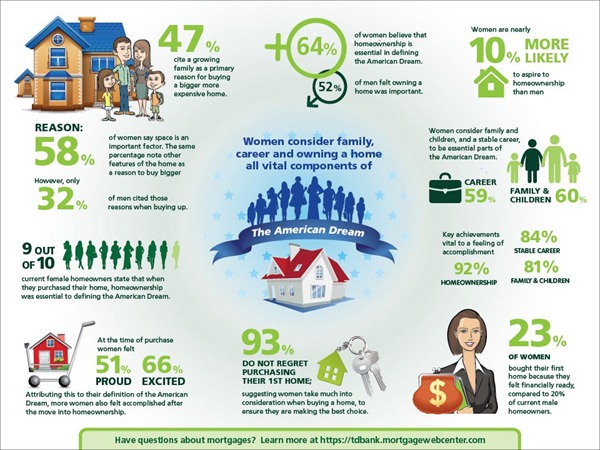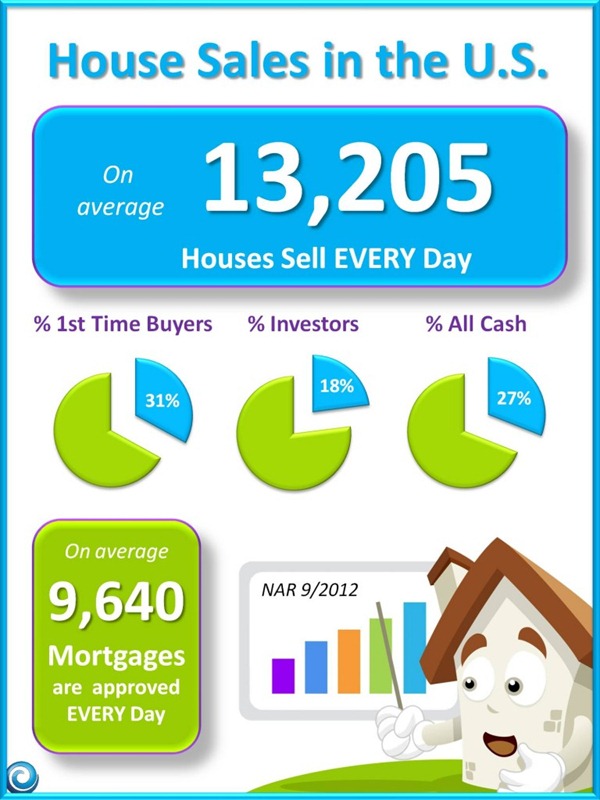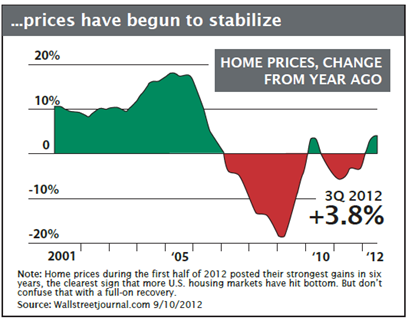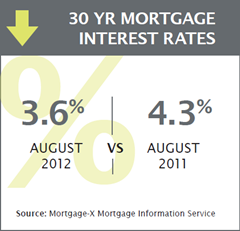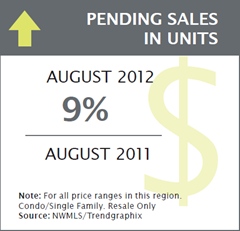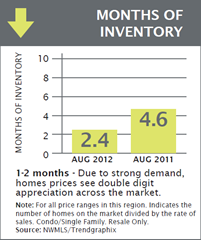 Seattle tops other metropolitan areas for its Gen-Y friendly work environment, according to PayScale, Inc., a provider of on-demand compensation data and software, reports the Puget Sound Business Journal. In partnership with Millennial Branding, a Gen Y research and management consulting company, PayScale released its findings on the state of the Gen Y worker, ages 18 to 29.
Seattle tops other metropolitan areas for its Gen-Y friendly work environment, according to PayScale, Inc., a provider of on-demand compensation data and software, reports the Puget Sound Business Journal. In partnership with Millennial Branding, a Gen Y research and management consulting company, PayScale released its findings on the state of the Gen Y worker, ages 18 to 29.
The Emerald City is named the best large metro area for Gen Y workers for its strong wage growth (4.4% increase between Q2 2009 and Q2 2012), high median pay ($44,000), and the abundance of tech employers in the area.
The best companies for Gen Y are clearly in the technology arena. Qualcomm, Google, Medtronic, Intel, and Microsoft are ranked as the top 5 firms for Gen Y based on pay, the percentage of Gen Y employees, job satisfaction, stress, and schedule flexibility among other criteria.
PayScale’s study indicates that Gen Y most commonly works in online marketing and social media and is more likely to engage with smaller firms that value entrepreneurship, innovation, social media, and flexibility.
Click on image for more






